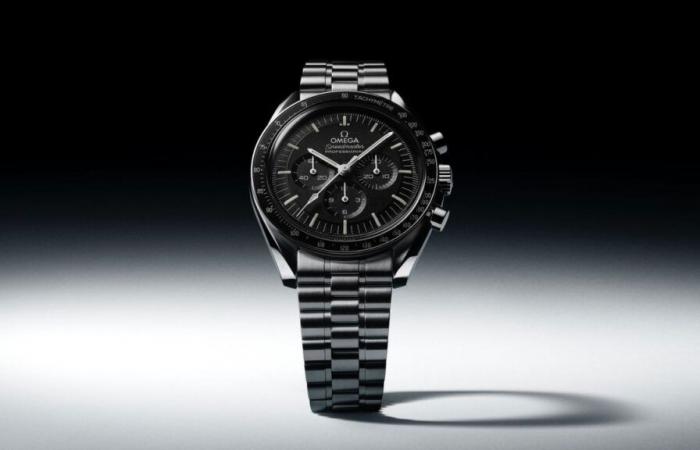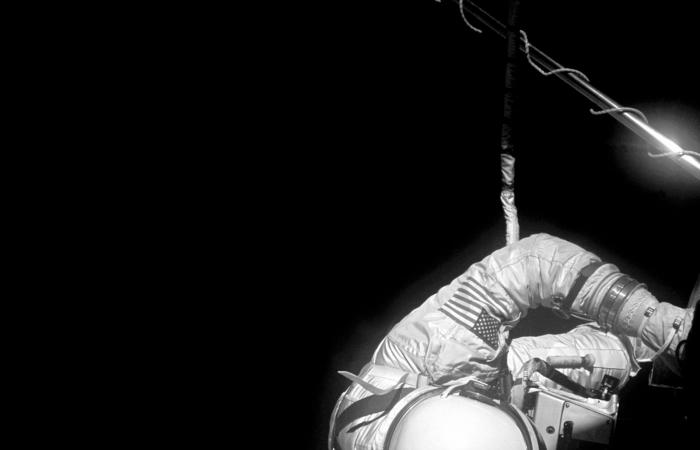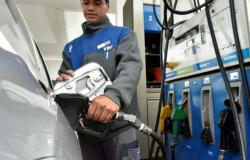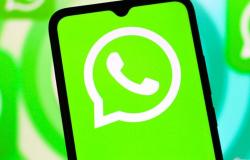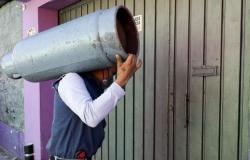
When scientists first raised human beings to space, they had to solve some fundamental issues. A curious question was whether astronauts should or may not use a bracelet watch. It was not a banal question. The spacecraft had electronic timers, but, in a critical situation, where navigation or communication systems could fail due to spatial radiation, an astronaut could only depend on its mechanical clock with stopwatch.
The next crucial issue for NASA was the choice of the manufacturer of that space watch. With a reduced time margin, the decision was made through an open contest in which the best and most experienced watch houses participated. Deke Slayton, director of flight operations of the Apollo missions, sent a letter to watch firms explaining his need for a high clarity chronograph. Omega replied with him reloj Speedmaster ST 105.003.
60 years later, the Omega Speedmaster is remembered as the first mechanical instrument to measure the time obtained by NASA’s accreditation as a suitable clock for the flight in all manned space missions.

The Omega Speedmaster on an astronaut’s wrist, on a space walk, sustained only with a Velcro strap.NASA
The evidence that Omega Speedmaster had to overcome to reach the moon
NASA had no preference for a particular watches manufacturer. In his letter, he only requested that the accredited watch convincingly exceed 11 extreme physical tests that simulated the space environment. The challenges they had to overcome were the following:
- Low temperature: Continuous operation in an environment of -18 ° C for four hours.
- Vacuum resistance: Exposure to heating and cooling cycles in a vacuum chamber.
- Humidity: 95% moisture operation, and temperatures between 25 and 70 ° C for 24 hours.
- Corrosion: Exposure to an atmosphere of pure oxygen to 70 ° C for 48 hours.
- Blow resistance: Six impact support of 40 g in six directions.
- Acceleration: Ability to withstand a progressive acceleration of 7.25 g for five minutes and up to 16 g for 30 seconds
- Low pressure: Test in 10-6 atmospheres (ultra-empty, similar to outer space) at 70 ° C for 90 minutes, followed by 93 ° C for 30 minutes.
- High pressure: Exposure to 1.6 atmospheres for 60 minutes.
- Vibration: random vibrations between 5 and 2,000 Hz in three axes, with an acceleration of 8.8 g, simulating a spatial launch of the 1960s.
- Sound resistance: 130 decibels support at frequencies between 40 and 10,000 Hz for 30 minutes, equivalent to the noise of an airplane engine in the take -off or a firearm firearm shooting.

How the composure of a zero severity clock revolutionized the repairs of the NASA Space Station
When Astronaut Don Pettit repaired his Omega Speedmaster at 418 kilometers from the Earth, he unintentionally transformed the supply chain of the International Space Station.
Omega reviewed NASA’s 11 tests. He did not have to design a new mechanism or implement additional engineering. I send the Speedmaster that was already available on the sideboards. The rest of the competition failed in the temperature test. The needles and the glass were the most fragile parts of a bracelet watch.
On March 23, 1965, Speedmaster St 105.003 officially traveled to space during the Gemini Mission 3. The only change requested by NASA was the incorporation of a Velcro strap. The same clock was used in the first space walk and then in the hidden face of the Moon in 1968. Finally, on July 20, 1969, the Omega Speedmaster became the first clock to reach the natural satellite.

